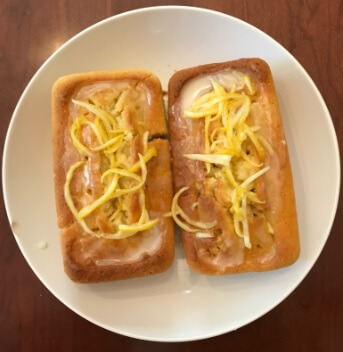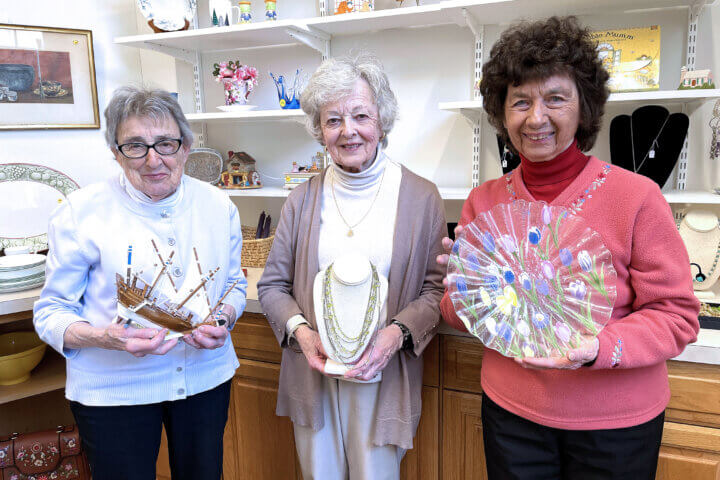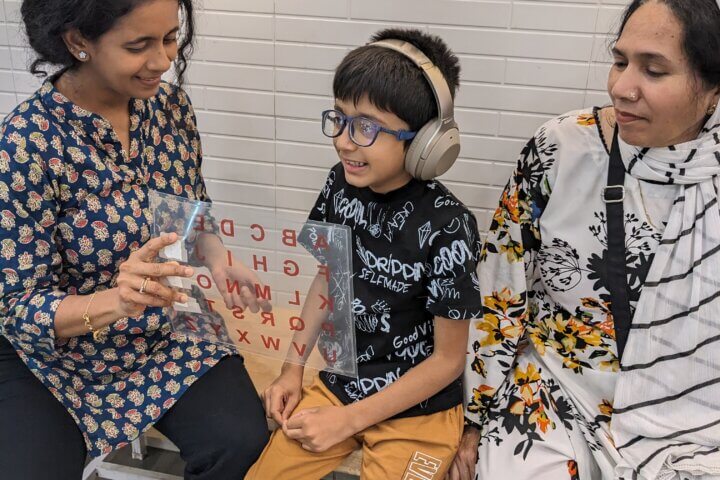Right before the pandemic, thanks to middle-school course Family and Consumer Sciences, I decided that I wanted to start baking at home. I wasn’t entirely inexperienced in cooking if you count reheating frozen pizzas, making mac-and-cheese from a box and burning toast because I forgot to take it out of the toaster oven. Well, there were some other things that I had tried cooking before, but I hadn’t really tried making anything from scratch, like a cake. There was one main problem, though: our pantry didn’t have nearly half of the ingredients that the recipe called for, especially the spices. We also didn’t have a whisk, microplane, or any other utensils, except for a single measuring cup that we used to cook rice. So, I took my mom to the grocery store and bought nearly everything on the list (minus a couple of things that my mom insisted we didn’t need).
It isn’t that we never cook at our house. My mom is a fantastic cook, although she apparently hates cooking, and she has the dexterity and skill to make delicious meals with a wide variety of flavors—even without any of those “western” spices and ingredients. Upon opening our pantry, you would see that in place of cinnamon, vanilla, nutmeg, and allspice, we have innumerable bottles of ground white pepper, five-spice blends, star anise, dried orange peel, bay leaves, and various other condiments that I have rarely—if ever—seen in American supermarkets. As the daughter of Chinese immigrants growing up in America, cooking and food has always seemed to be one of the widest gaps between the two cultures I’ve grown up in.
The first few times I tried to bake with my shiny new cooking gear and neatly-stacked spice bottles, my mom stood aside, watching with wide eyes at how slowly and painstakingly I measured each ingredient before putting it into one of numerous large mixing bowls laid out in front of me. Maybe part of it was because of my perfectionistic tendencies, and the gnawing fear that the masterful creation would go wrong somehow if my teaspoon of salt wasn’t perfectly level. But most of it was the cultural difference: the way that my mom had learned to cook was completely by instinct; never did she need a stack of six differently-sized spoons to figure out how much soy sauce would be too much. Chinese cooking was much more adaptable and flexible; you could always pour out some of the sauce if there was too much of it, or add some water to dilute it if it was too salty. Not that it was impossible to do that with a cake, but it was much more finicky in the fear of messing up the proportions of ingredients.
The vast majority of the dishes that my mom makes are sautés. With a big, trusty metal wok and its accompanying sauté spoon, I remember watching the ingredients being tossed around the wok in a way that looked almost haphazard but also fascinating for its simplicity. It was kind of like abstract art, but none of the elements ever got drowned out in the final product. On the contrary, I once shrieked with dismay when I realized that I’d added the milk into my cake batter before the eggs, when the recipe stated that I had to do it the other way around. I sulked over the weird clumpiness of the batter while my mom insisted that it didn’t matter and was only mildly consoled when the cake finally came out of the oven looking and tasting completely identical to my previous, more accurate attempt.
The food-related cultural differences aren’t limited to those in the kitchen. Whenever I’ve gone back to China to visit my relatives, we’ve always had a huge feast at a big round table with one of those circular glass trays in the middle that you could spin so that everyone had access to each dish. In a number of western cultures, people sit at square or rectangular tables in a way that I feel shows respect to those at the head of the table, as well as respect to each person to allow them to enjoy whatever dish they’ve chosen. In China, though, meals are seen as communal; instead of each person ordering their own dish, like most people are accustomed to doing in American restaurants, each Chinese dish is meant to be eaten by everyone. People use their own chopsticks to serve themselves from the shared dishes, and sometimes even use their own chopsticks to give food to others regardless of whether the company consists of relatives or complete strangers.
But other than the shape of the table, the dishes on it, or the utensils being used, food in any country is used to heal and unite, and cooking and meals have a similar theme: they’re always a time of conversation, enjoyment, and connection, and are wonderful insights and tributes to the customs of different cultures.
Felicity Zhang is a member of Concord-Carlisle High School’s Class of 2025 and a writer for the CCHS student newspaper The Voice.





